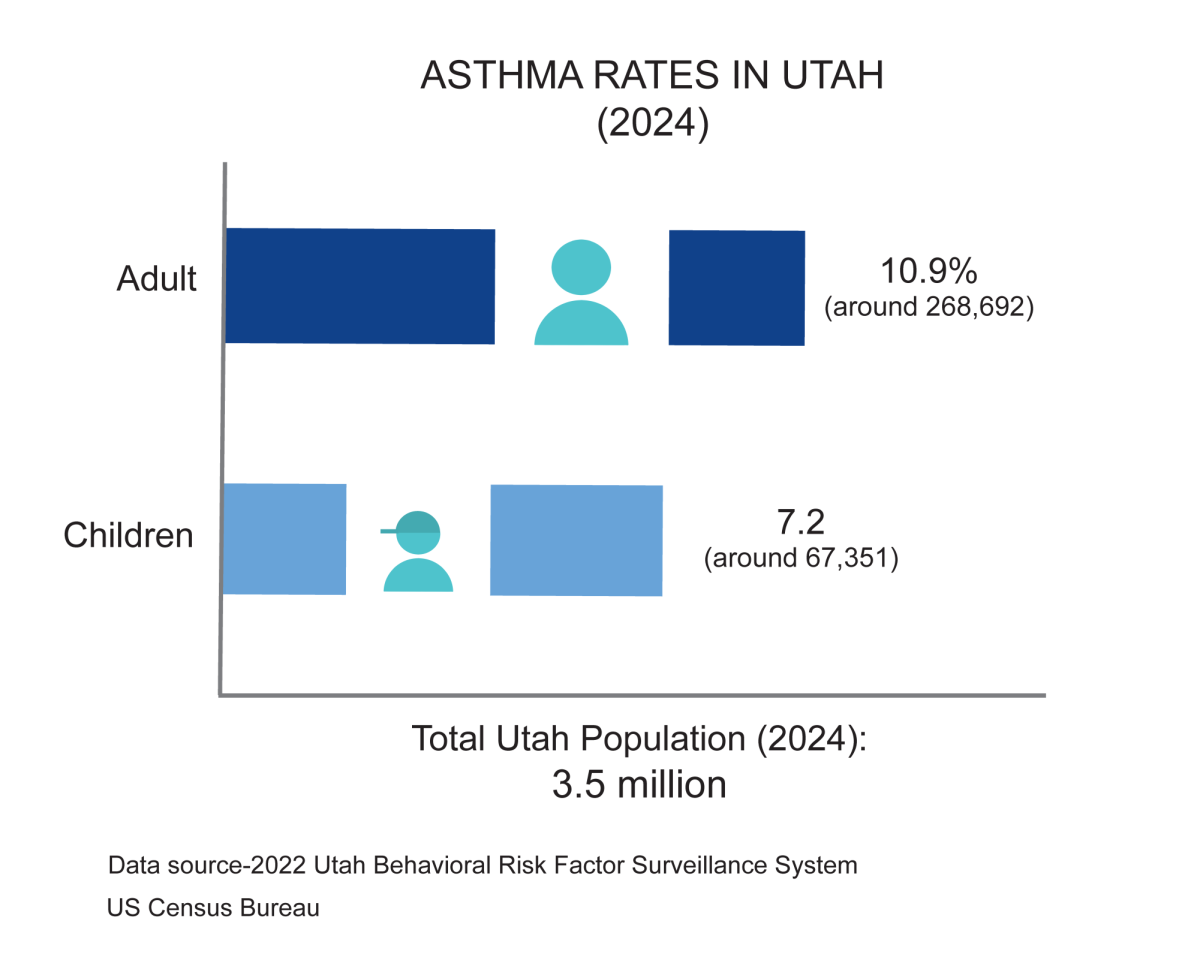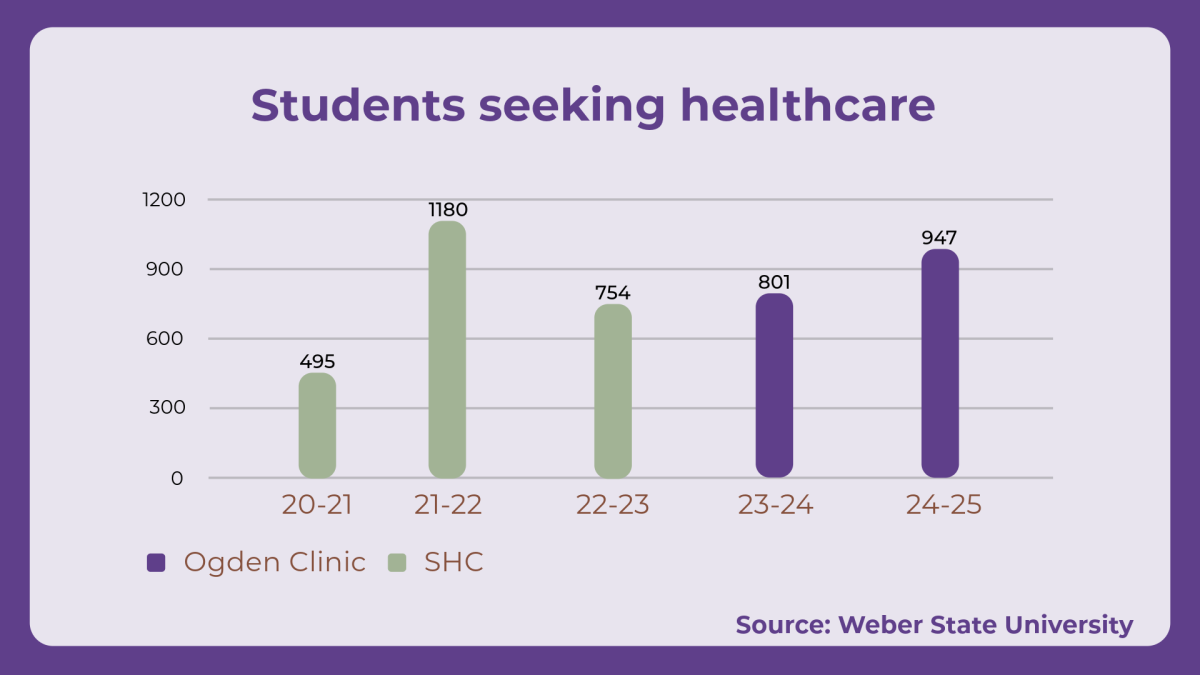

From reports saying that we are on the verge of an Ebola outbreak, to rumors of how the disease is actually spread and articles claiming that those who have died from Ebola are now rising up from the dead, it is no wonder that people are more than a little panicky. Information about Ebola has been passed on like a bad game of telephone — the facts from the beginning are sparse when it gets to the end. In addition to real information getting twisted, there is also information floating around about Ebola that never had any substance to it. Let’s break down some of the rumors and find out if there is any truth to them at all.
1) The New Dawn Liberia posted a report on Sept. 24 claiming that two individuals had come back to life after dying of Ebola. The rumor resurfaced on a mock news site called “Big American News” on Sept. 30. “Big American News” rehashed the original article and also claimed that the governor of Kansas had declared October “Zombie Awareness Month” and the state was now sending out pamphlets informing people of what to do if they encountered a possible Ebola zombie.
Although “Big American News” is a satirical news website, this didn’t stop people from frantically sharing, tweeting and posting about the article as if it was true. Original sources can be hard to locate on the computer which could have possibly lead to a lot less fact-checking on the reader’s part. Snopes.com debunked both articles on their website on Oct. 1. The Facebook shares have died down slightly.
2) There have been reports that Ebola has less than a 10 percent survival rate. There is no better panic material than to think that your chances or surviving are slim-to-none. With all the numbers flying around it can be hard to decipher what they mean. The World Health Organization has a fact sheet posted on their website, which was just updated last month, about the Ebola virus.
The fact sheet reports that the actual fatality rate is around 50 percent. The fact sheet also states that fatality rates have varied from 25 percent to 90 percent in past outbreaks. It is also important to remember that most data comes from outbreaks that have occurred in countries far less medically advanced than the U.S.
3) Other myths that have surfaced all stem from one question: How is Ebola spread? The Center for Disease Control and Prevention has released updated information about how Ebola is spread. Ebola can be spread through blood, bodily fluids, contaminated objects or infected animals. Despite popular belief Ebola cannot spread through air, water or improperly-cooked food. It is also impossible to catch the disease from someone who is injected but is not yet showing symptoms. Those who have Ebola are only contagious to others when the symptoms are present. If a person comes in contact with someone who has Ebola and does not become ill within 21 days, they will not get Ebola.
4) The last concern that is invading news stories and the public’s mind is the concern over how many actual cases have been confirmed. Only two U.S. citizens have been confirmed to have Ebola; they were both nurses who worked closely with Thomas Duncan, a Liberian man, who passed away from the disease. Federal health officials have already spoken out about the likelihood of Ebola cases arising from those doctors, nurses and staff who worked closely with Thomas Duncan. The Center for Disease Control and Prevention has also recently tightened up their standards for the protection worn by health care workers since last Tuesday.
It is important to be informed about current health issues in the U.S. but it is also important to remember to take information with a grain of salt. If you read something about Ebola that sounds fishy, Google it and start doing some research on your own. This is good practice for most information found on the Internet.







